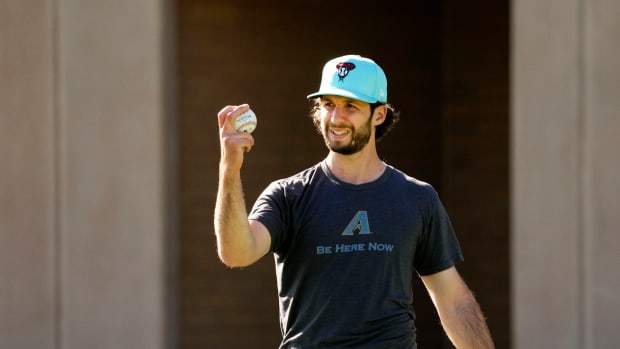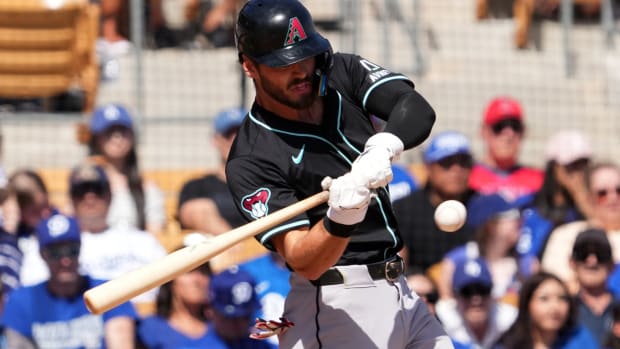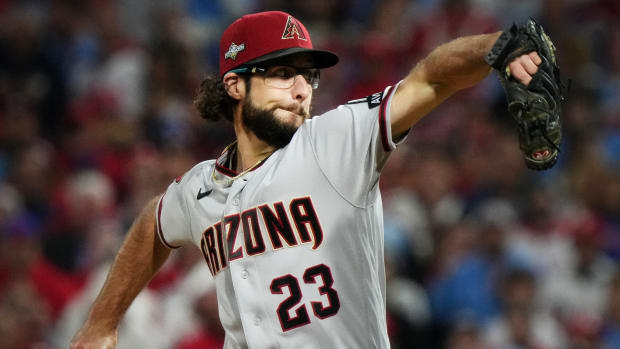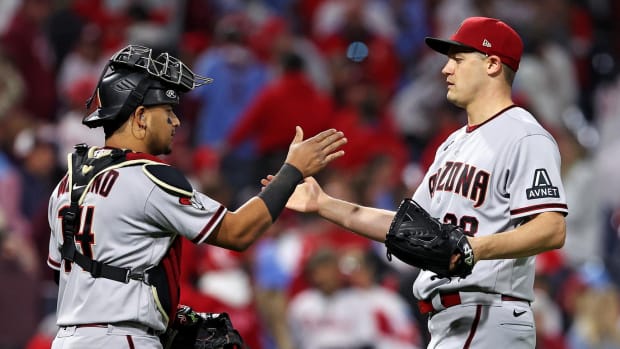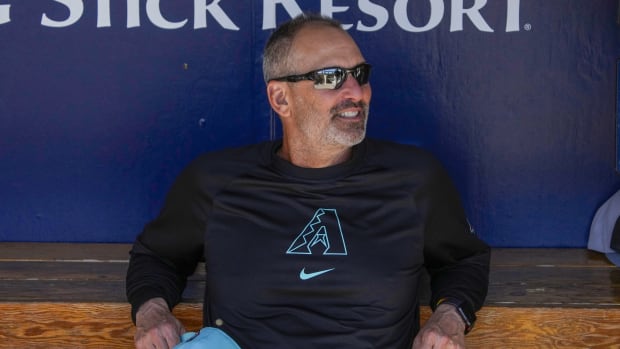Previewing the Arizona Fall League
The Arizona Fall League season starts today. The Fall League historically has been a developmental proving ground for some of the game's top prospects. In addition the league provides organizations an additional six weeks for evaluation. Players from 30 MLB teams are grouped into six different teams, who compete against each other. Just under 60% of players who participate in this league end up on a major league roster.
The Diamondbacks will be sending two of their top prospects, with infielders Jordan Lawlar and Deyvison De Los Santos headlining a group of seven players. Both Lawlar and De Los Santos are in our Top 10 Prospects list, coming in at No. 2 and No. 10 respectively.
In addition to those two, the D-backs will be sending relievers J.B. Bukauskas, Kyle Backhus, and Jackson Goddard, who will get the chance to showcase themselves as potential bullpen arms for the big league roster come 2023. Chad Patrick and Cooper Hummel will also be participating, with both players looking to make up for lost reps due to different circumstances. Jack Sommers previously interviewed Hummel about playing in the Fall League for the second year in a row and how that came to happen.
When evaluating the players, it's not about the baseball card statistics like batting average, on-base plus slugging (OPS), or earned run average (ERA). The focus is more about how a hitter or pitcher conducts themselves during the game, how they respond to tough situations and adversity, and the quality of their performance. Those are the traits the D-backs are looking for when deciding which player to promote to the big leagues. At the end of the day, a player's own mental makeup is as important as the physical tools that they have.
What makes the Fall League a great place for player evaluation is the players are thrust into a new situation. While the game is the same, the conditions, teammates, and opponents are much different than what they've grown accustomed to during the season. It tests their mental makeup in handling the new environment and how they compete in it. It's not too different from when the D-backs send their pitching prospects to Amarillo and Reno, where they face a challenging environment that will test their ability to compete just before reaching the big leagues.
For the D-backs, it's important that all seven of the players they send show they're capable of competing in this environment. The end results matter to some degree, but how they handle the situations they find themselves will be more telling than what's in a box score.


